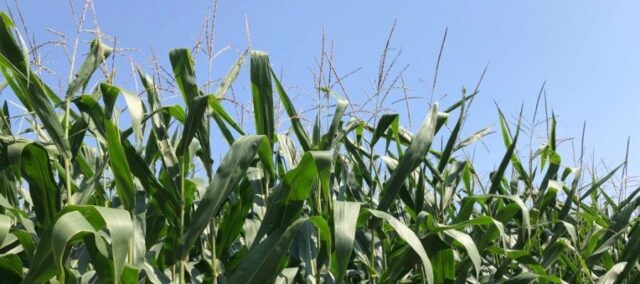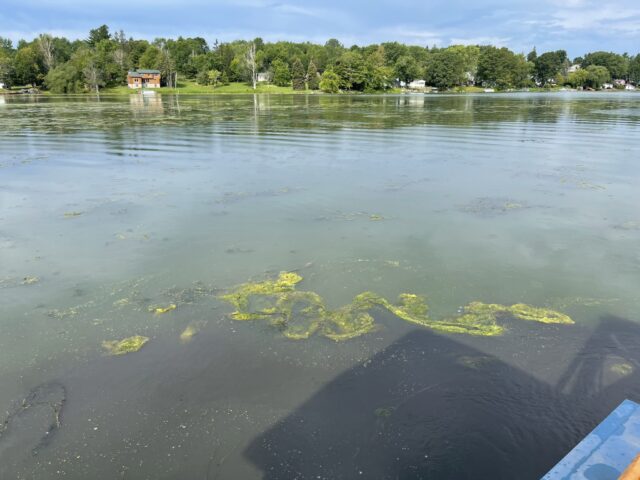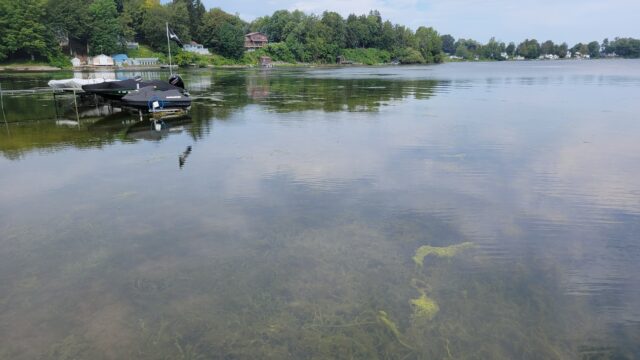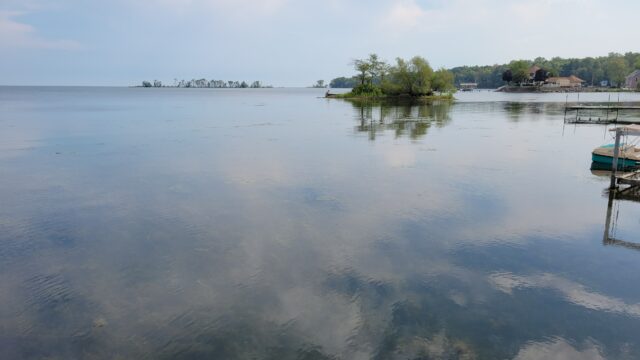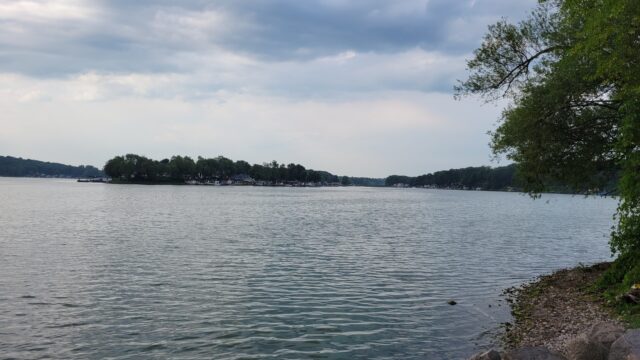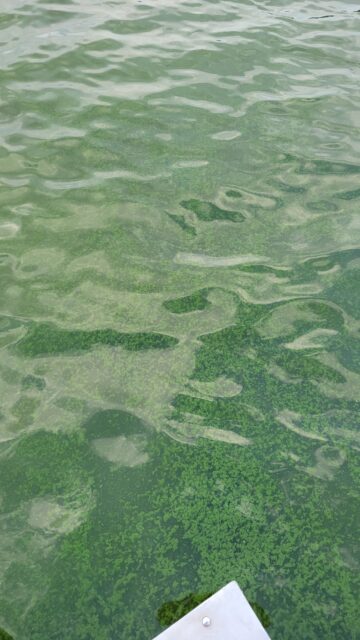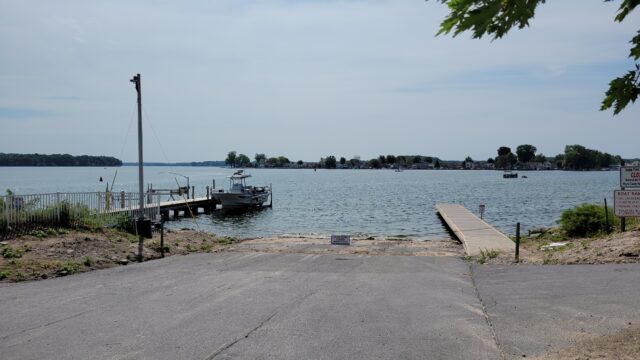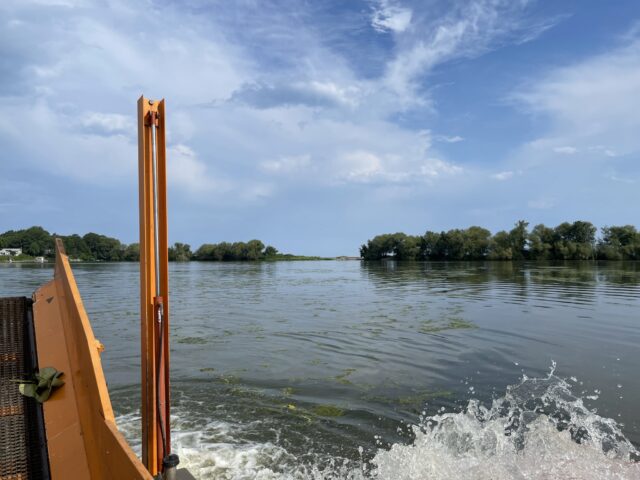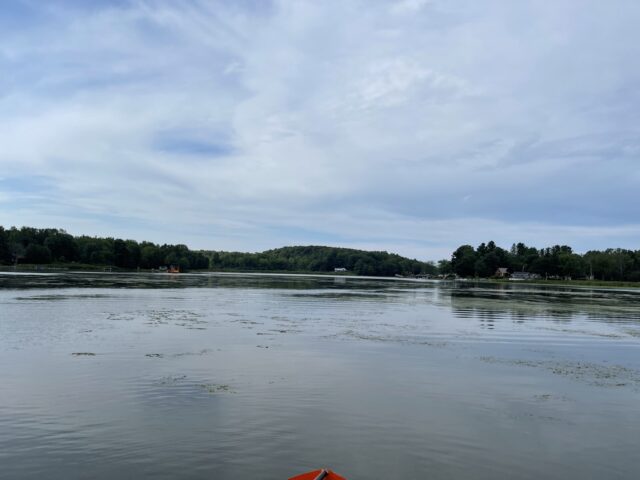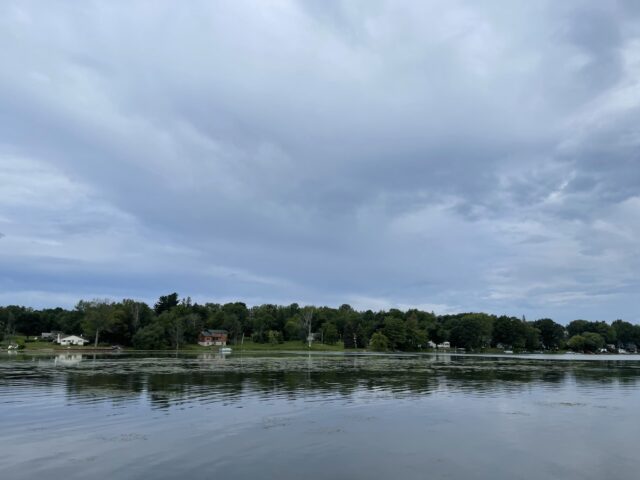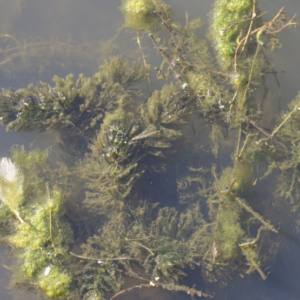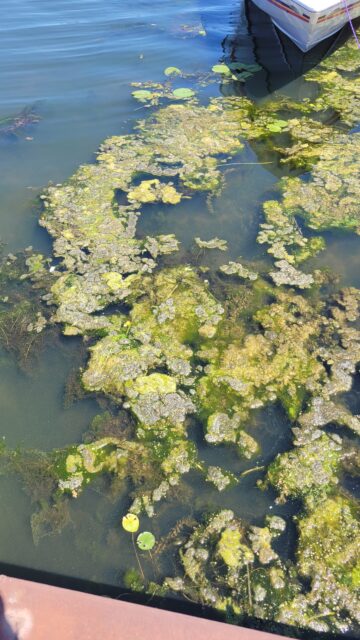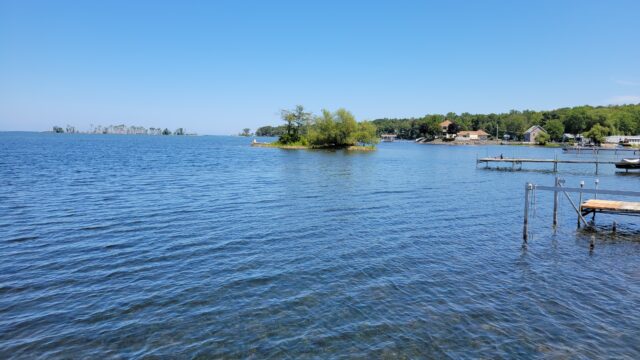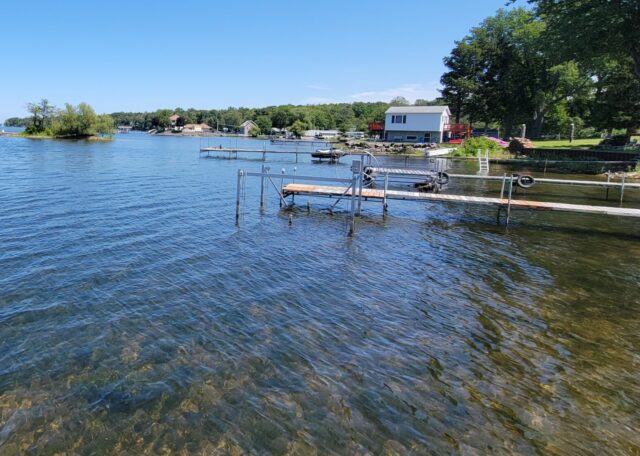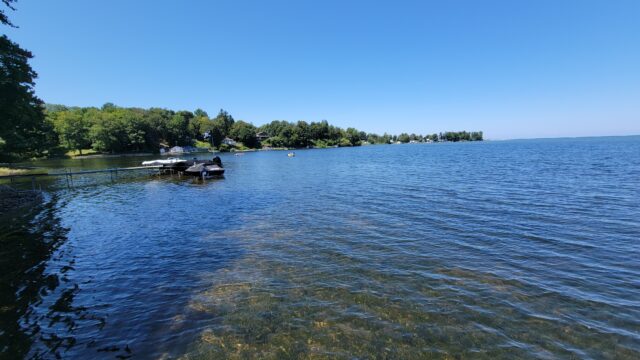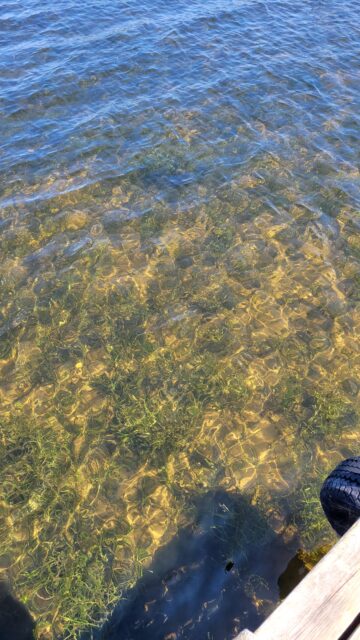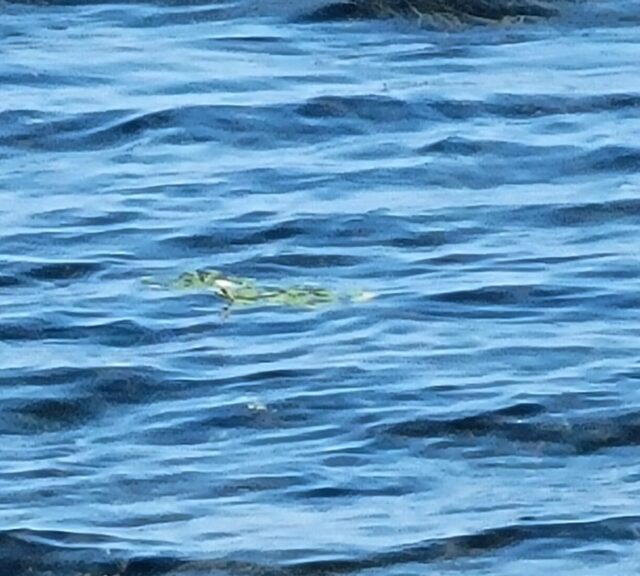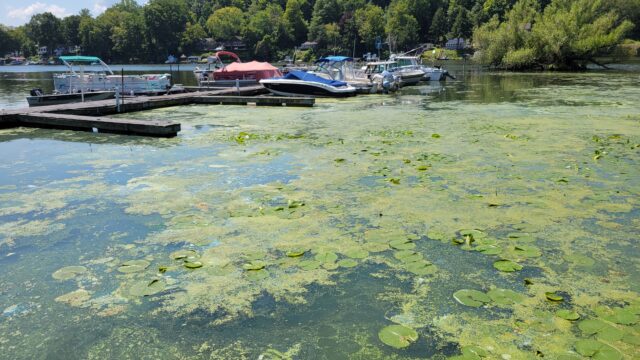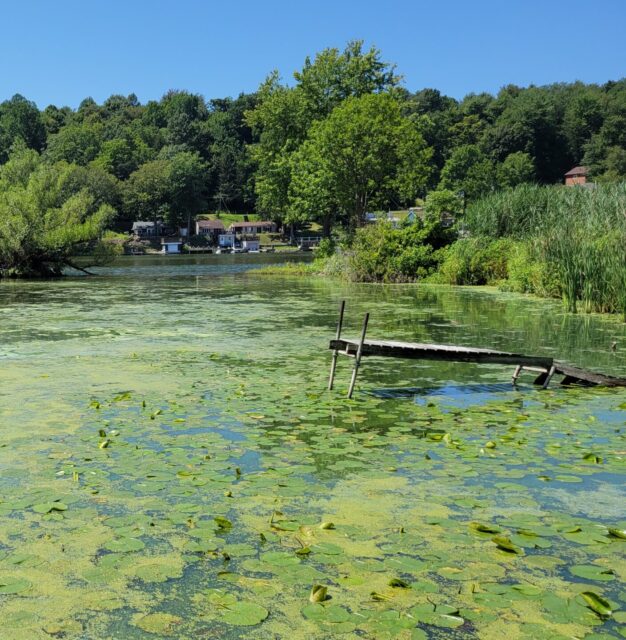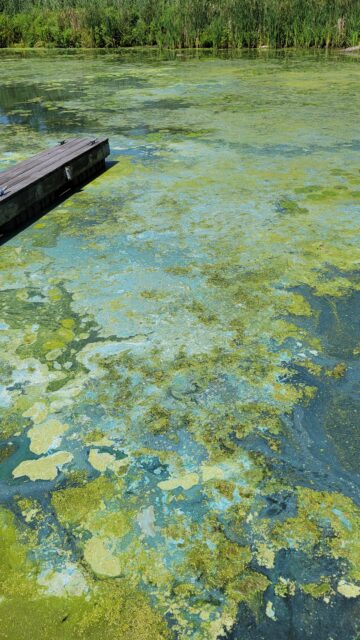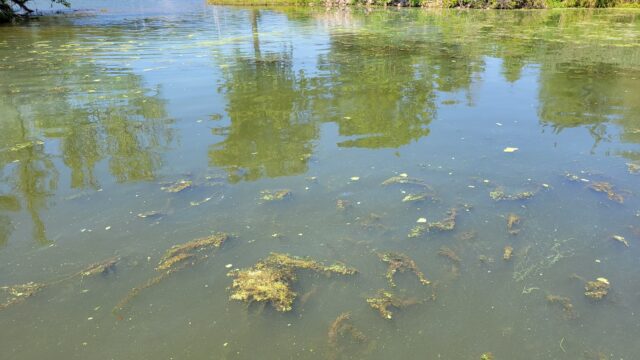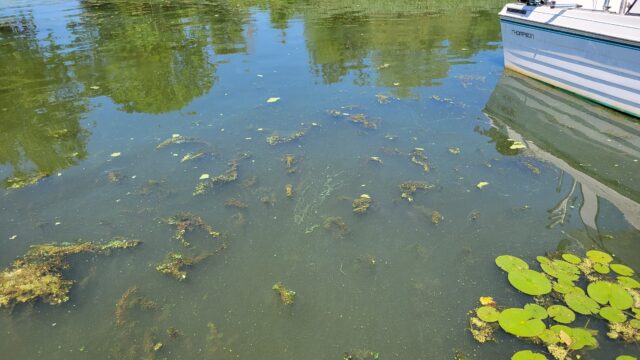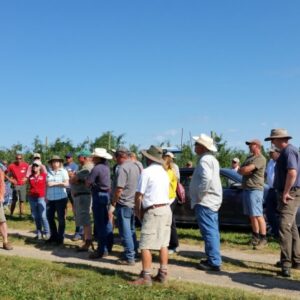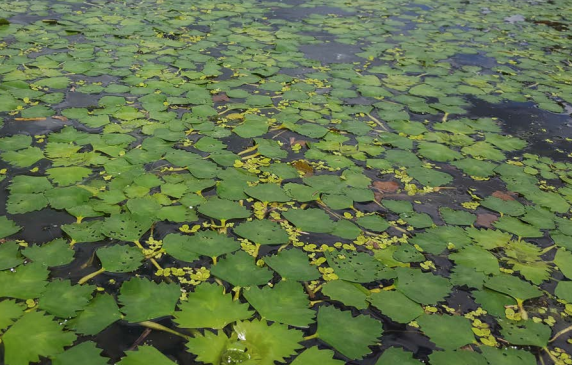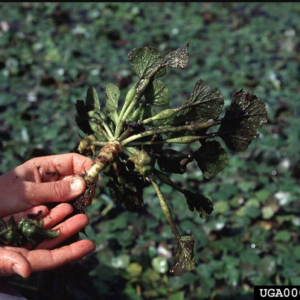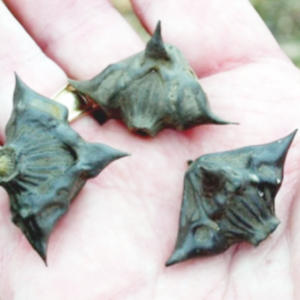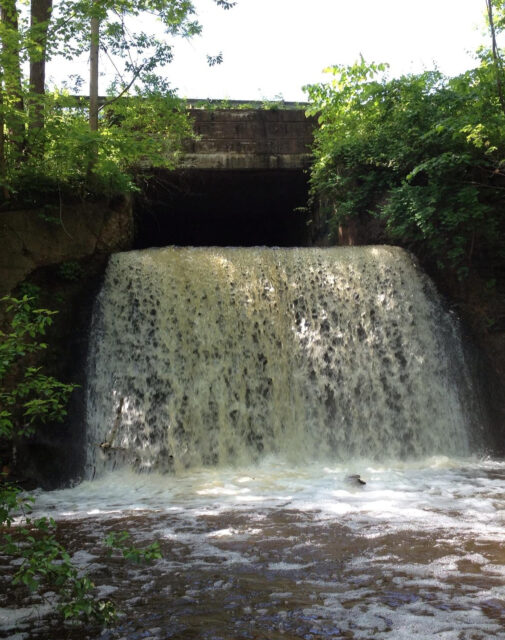
Second Creek increased streamflow. This is an important part of a natural cycle because of its impact on water quality and the living organisms and habitat in our streams.
As we enter the final week of August, we can see the end of summer just around the corner. All of the recent precipitation has provided a stark contrast to the weather from May and June. Over the past two weeks, we have seen the aftermath of tropical storm Fred and additional passing showers from Hurricane Henri’.
Rainstorms are categorized by their rainfall intensity and frequency of occurrence. This is determined by calculating the amount of rainfall per hour, or the total rainfall for a 24-hour period. For example, in Wayne County, a one-year storm event will drop 1.9” of rain over 24 hours, whereas a 100-year storm will provide between 5” to 5.5” of rain for the same time period. The intensity is the amount of rain falling and the frequency is listed as the 1-year or 100-year storm. The frequency represents the probability that a storm of that magnitude will occur. In other words, it is a safe bet that Wayne County will receive a storm that drops at least 1.9” of rain over a 24 period, or 0.08” in an hour. On the other hand, there is a 1% chance (1/100) that a storm will drop at least 5” of rain over a 24-hour period. Between 1” – 1.5” of rain was forecasted to fall throughout the County on the 18th. Lyons received nearly 3” of rain over the course of the day, which puts last week’s storm at about a 10-year storm event for the region. This high-flow rain event had an immediate impact on our local streams and rivers.
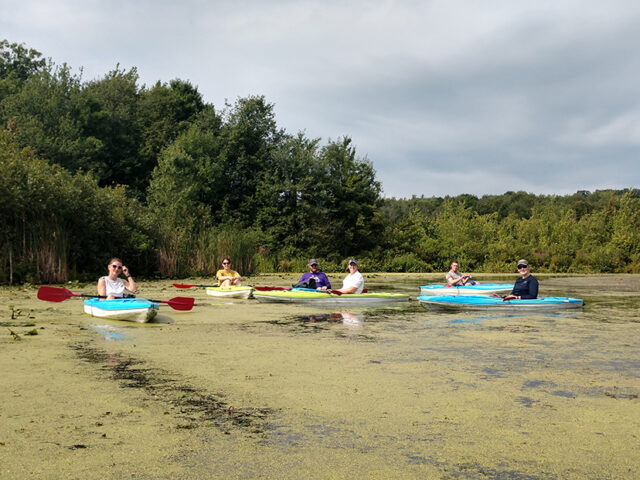
FL PRISM – NYS Parks On Water Chestnut Awareness Event – Hand Harvesting Water Chestnut – Black Creek
In other news, Wayne County wrapped up its Water Chestnut hand pull season on Friday, August 13th. A patchwork crew from FL-PRISM and NYS-PRHP (Parks) surveyed a new location within the Black Creek Unit of DEC’s Lake Shore Marshes Wildlife Management Area. The crew of seven had to carry kayaks 1/2 mile to and from the hand launch due to a fallen tree blocking the access road. 1.25 miles of stream corridor was surveyed, and a small population of water chestnut was found towards the end of the stream. The infestation was documented, and all the invasive plants were removed from the wetland within an hour of finding them. After reporting to NYSDEC, it was determined that this will be a targeted area for next year’s management efforts.
At first glance, this event may seem insignificant, but it highlights some critical points for invasive species control. First and foremost, the working partnerships between agencies are critical for keeping up with landscape-wide surveying and management. Secondly, since this infestation is relatively small, this site is a great candidate for eradication with one to two annual management events.
Wayne County Soil and Water Conservation District has hosted five water chestnut awareness events this season. Work was done in 4 locations with 75 people, 21 hours on the water hand pulling and surveying for this invasive species.
At the end of the day, the District and Partners covered over 4 miles of streams and removed ~2650 lbs. of water chestnut.

